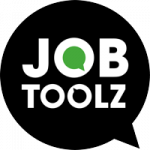Written by Cedric van Aerde
6 September 2022
12:52 pm reading time
Vacancy cheat sheet
Choosing excel or a hiring tool?
Hiring great employees is the key to a company’s success. Thousands of studies have shown that hiring the right talent positively influences a company’s future. The pressure to find, recruit and retain talent is immense. Isn’t it time to give recruiters maximum support in this extremely difficult but vital task? Because let’s be honest, is it normal that in all departments within a company software and digitisation are taken for granted and considered dead normal, while the recruiter has to cope with (mostly self-made) spreadsheets?
Digitalisation within recruitment almost non-existent
Yes, for years Excel was the standard for data management in a company. Whether you were a sales representative, IT manager or marketer, everyone used the incredibly popular Excel.
In the meantime, the sales representative has switched to Salesforce, the IT manager to Trello, the marketer to hootsuite and the recruiter… continues to invest his time in Excel.
When we gauge why Excel is still being used, this answer comes up the most: “management does not see a direct ROI and therefore does not want to invest in a tool”.
But is this statement correct, is there indeed no return on investment? Let’s take a practical example:
Bart is a recruiter in a medium-sized transport company. Currently they work with 109 people on their payroll. Due to their rapid growth, the company is looking for four new employees.
Bart is responsible for writing the vacancies. Of course Bart wants to publish the vacancies on the company’s own website, so he forwards them to Elsie, the company’s IT manager. However, the IT department is overloaded with work and Elsie can’t treat this as a priority. To Bart’s great frustration, it takes two days before the vacancies are posted on the website.
Bart sends an email to Erik, the marketing manager, asking him to publish the vacancies on Facebook and LinkedIn. However, Erik needs additional information to create a clear profile. After some emails back and forth and four phone calls later, the vacancies are published on the desired social media channels.
The applicants flow into Bart’s mailbox. Most of them do not have the desired skills. Bart does think it’s elementary politeness to provide every refused applicant with personal feedback. Several hours are spent on this. Hours that unfortunately cannot be used for his most important task, selecting the right people for the four vacancies.
In the meantime, Bart sends the CVs and motivation letters by e-mail to the department managers, while he is slightly worried about the GDPR regulations. Yvan, department manager of the warehouse, unfortunately has to do the inventory and can’t give feedback on the forwarded CV’s right now. This can be done within two weeks at the earliest. Bart sighs frustrated and starts typing the personal details of the candidates from their CV to his Excel list. He notices that he no longer has a clear oversight of his colorful spreadsheet.
Sounds familiar, doesn’t it?
It is a time consuming, frustrating and ungrateful task to recruit through spreadsheets and outlook, anno 2019! Because doesn’t a recruiter want to focus on the ‘core’ of his or her job: attracting the best talent through screening and interviews? And spend significantly less time on repetitive and administrative bandwork?
Well, we will already give you 4 important reasons to replace email & Excel with a hiring tool.
Use your time to recruit, not to perform repetitive administrative tasks
How frustrating isn’t it not to be able to focus on the really important work, such as interviews and screening? Recruiters spend up to 60 (!) % of their time on routine and administrative work, such as typing the personal data from a CV into an Excel file or manually providing feedback to a candidate by email. The problem becomes even bigger when you need to search a candidate’s profile between different Excel spreadsheets, different tabs and emails. Often the candidate is not found or simply too much time is lost. By using a hiring tool, the data of a candidate is automatically digitized. No manual action is needed anymore to capture a candidate’s personal information. All communication, both internally and to the candidate, is done from within the tool and through a timeline you can see all the actions. Tags can be used to build a talent pool, making filtering and searching for certain information of a candidate extremely easy.
Protect sensitive data
HR collects and manages a lot of sensitive data.An Excel document does not guarantee protection or security because too much sensitive data is stored in one place. Also, this data can be copied in a split second. What happens if a file crashes, or even worse, completely stops working? Backups and data recovery within Excel requires a lot more manual actions (e.g. external hard disks). Hiring tools are usually cloud applications that you can use anywhere or on any device. Backups are done automatically and data recovery is very easy to obtain.
Standardize the workflow
There is currently no standard in the way of working within the HR sector. This means that every recruiter has his own way of working and thinking. Within Excel this results in completely different formulas, tabs and files.Even at company level, it is almost impossible to obtain a similar workflow in a team with Excel. And on top of that, it is not impossible that the HR Director, who designed the workflow in Excel, leaves the company. Often, the collected data is completely lost in that phase.By using a hiring tool you can set up a standard within the company. All data is centralized, as well as the workflow can be specified. As a result, everyone works according to the same standards and when one of the team members leaves, the process is not interrupted and all data is used optimally.
Employer Branding starts with a good candidate experience
Employer Branding is a hot topic these days. Due to the scarcity on the labour market, management realizes that action is necessary. They invest in a strong brand, but this is usually limited to the marketing side.Management should realise that a strong employer brand starts with the applicant. What does the applicant find about the company on the corporate website? How much effort does it take to apply? In practice, a login and a lot of data often needs to be filled in before a potential candidate can apply. This is counterproductive.
The ‘candidate experience’ makes or breaks a company’s reputation and can have a serious impact. Companies with a strong employer brand also have a low cost-per-hire and attract better candidates. An important part of the hiring tool is focused on employer branding. Through a simple editor you can quickly and easily create a very attractive employer branding site, completely in your own house style. In addition, a good hiring tool works without login or extra ballast and only focuses on relevant data by using custom-made application forms.
A necessary switch
When a recruiter asks the management to adjust the way of working, there is often doubt or this is often postponed. The management usually thinks that the cost for this will be very high (which is not at all the case).
Usually they do not take into account that the time spent by the recruiter is used much more efficiently.
Hiring tools work under license and are usually monthly terminable, which increases accessibility. They deal with the repetitive administrative tasks and allow you to manage data securely and work in a standardized way.
Actually, in the year 2019, the use of a tool is a no-brainer…for all departments, including the HR department.
Are you also looking to work more efficiently and focus on recruitment instead of the administrative paperwork? Jobtoolz can help you with this. Try our free trial now for 14 days without any obligation.






